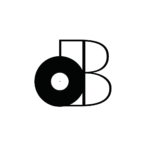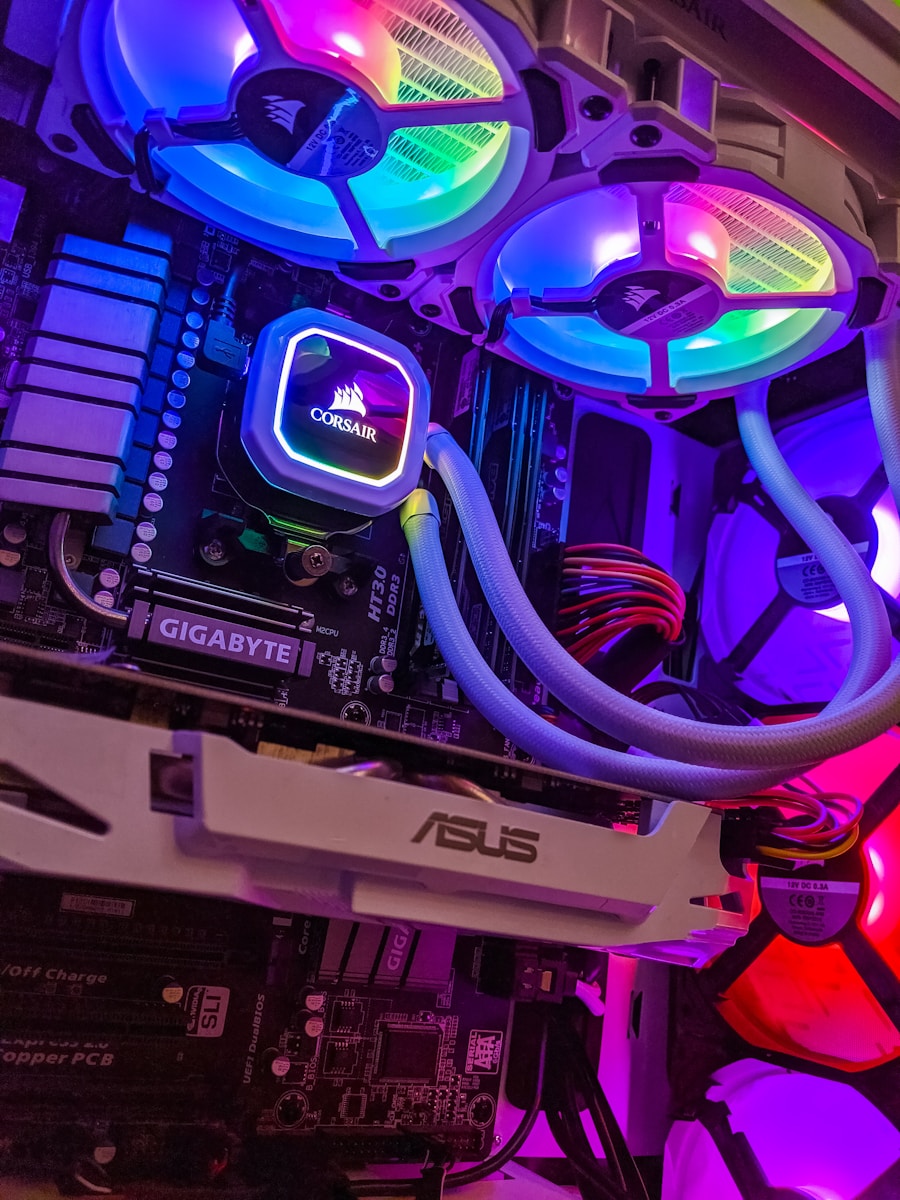While searching for hammer action keyboards, you’ve most likely encountered the terms “scaled” and “graded”. We’ll be looking at the difference between scaled-hammer action and graded-hammer action by looking at some examples.
As it turns out, the difference between scaled-hammer action and graded-hammer action isn’t as dramatic as we thought. In simple terms, they’re simply two different standards for two different brands. Casio and Yamaha are both trying to replicate the “feel” of an acoustic piano by imitating the gradual resistance shift from low keys to high keys. However, there are some minor differences that we’ll be exploring along with my personal recommendation for each brand.
- Casio’s scaled-hammer action keyboards
- Yamaha’s graded-hammer action keyboards
- The best/most affordable scaled-hammer action keyboard controller
- The best/most affordable graded-hammer action keyboard controller
- Which type of hammer action should I use?
Casio’s scaled-hammer action keyboards
The main difference with most scaled-hammer action keyboards is the addition of a third sensor. It features the ability to re-trigger a note without releasing the key (although you’ll probably never notice it).
The action itself has also been reported to be more artificial than Yamaha keyboards.
The keys themselves have more resistance to them which can make the experience feel more like a workout for your fingers. The resistance is progressive, however, so the lower keys feel “heavier” while the higher keys feel “lighter”.
Other than that though, you’re really looking at the difference in sound processing.
It’s beyond the scope of this article, but it’s what you should prioritize when shopping.
Coming back to action though, I personally think that the Casio scaled-hammer action keyboards feel more mechanical than natural. However, it also depends on the specific model of course. We’ll be getting into that soon!
Yamaha’s graded-hammer action keyboards
If you take a look at Yamaha’s graded-hammer action, you’ll notice that it’s got two sensors. However, the actual “touch” feels much more natural and realistic.
Many people think highly of Yamaha because of their impeccable quality/service standards.
Generally, the graded-hammer action keyboards are lighter to the touch, but they still feature the progressive increase in resistance experienced with the lower keys (and vice versa). It also seems like the mechanism used for these keyboards is much more durable in the long run.
Although it may seem like Yamaha’s graded-hammer action is superior, it still depends.
However, most models are equipped with excellent sound processing and ultra-realistic keys.
It’s just a matter of sorting the best from the worst. We’ll be looking at my personal recommendation from the Yamaha graded-hammer action lineup, but first we’ll be checking out my recommendation for the Casio brand.
The best/most affordable scaled-hammer action keyboard controller
Out of all the Casio keyboards I researched, I found that the Privia PX-160 was the best value. It features 88 tri-sensor scaled-hammer action II keys and all the essential connections.
It can be connected to your computer via MIDI and/or USB.
However, the onboard sounds are pretty decent, so you can rely on them. It runs on Casio’s Acoustic and Intelligent Resonator (AiR) engine. You’ll have access to some ultra-realistic piano emulations along with some additional instruments such as electric pianos.
Here are some of the PX-160’s features:
- Tri-Sensor Scaled-Hammer Action II
- 128-Note Polyphony
- 18 Presets
- Built-In Rear Ported Speakers
- 2x Headphone Output
- USB Connection
- MIDI Connection
- Included Sustain Pedal
The integrated speakers actually sound pretty good. It’s one of the advantages of using these types of keyboards. They can also be used as keyboard controllers.
However, one of the lacking features in the PX-160 is the ability to connect more pedals. I would’ve preferred having the ability to use an expression pedal. The absence of pitch bend/modulation wheels is also disappointing.
It really depends on what YOU’RE looking for though.
The best/most affordable graded-hammer action keyboard controller
Looking into Yamaha’s catalog, I found that the P-45 provided the most value. It features Yamana’s ultra-realistic graded-hammer action and Advanced Wave Memory (AWM) sampling.
In other words, we’re working with sampled sounds and NOT emulations.
Although I’m usually more fond of emulations (like Arturia V Collection 7), I was actually surprised by the realism provided by the P-45. The integrated stereo speakers also sound great, so it’s ready to play right out of the box.
Here are some highlights of the Yamaha P-45:
- Graded-Hammer Action
- 64-Note Polyphony
- 10 Presets
- Built-In Stereo Speakers
- Headphone Output
- USB Connection
- MIDI Connection
- Included Sustain Pedal
I prefer the action on the Yamaha P-45, but I admit it’s still lacking some essential functions.
For example, it’s also missing the pitch bend/modulation wheels which I use quite often. Once again though, these keyboards are designed for pianists and not necessarily music producers. If you fall into that category, you’ll definitely want to read the final section!
Which type of hammer action should I use?
If you were to ask me, I’d say to forget about both scaled-hammer action AND graded-hammer action (I know, it must sound surprising). In my opinion, the plain ol’ hammer action provided by my M-Audio Hammer 88 is more than enough.
The keyboard controller cost MUCH less and to be honest, it still feels like the real thing.
The progressive increase/decrease in resistance isn’t something you’d miss. Maybe playing keyboards that feel even all-around provide better user-experience?
It just wouldn’t be suitable if you were expecting the keyboard itself to provide you with sound.
I create music with my computer 100% of the time, so I’d much rather control a piece of software I trust (like Arturia V Collection 7) than rely on the onboard sound processing.
It can certainly help you save some serious cash down the line, so take it into consideration.
Either way, I’ll be leaving you with my shopping list for the day. It includes all the products we discussed along with some accessories you may want to check out.
Casio PX-160
Yamaha P-45
M-Audio Hammer 88
On-Stage Keyboard Stand with 2nd Tier
If the difference between scaled-hammer action and graded-hammer action wasn’t obvious to you at first, I hope you understand that they’re not so different after all. What we’re really comparing is Casio vs Yamaha keyboards which is a pretty vague debate. That’s why I wanted to focus on the specific models we covered today, so that you understand that both brands have some good AND bad options. If you’ve found this article insightful, I recommend subscribing to my weekly newsletter for more high-quality content just like this. Thanks for your support, cheers!
Sources:
http://forum.pianoworld.com/ubbthreads.php/topics/1536021/Casio_Scaled_Hammer_vs_Yamaha_.html




